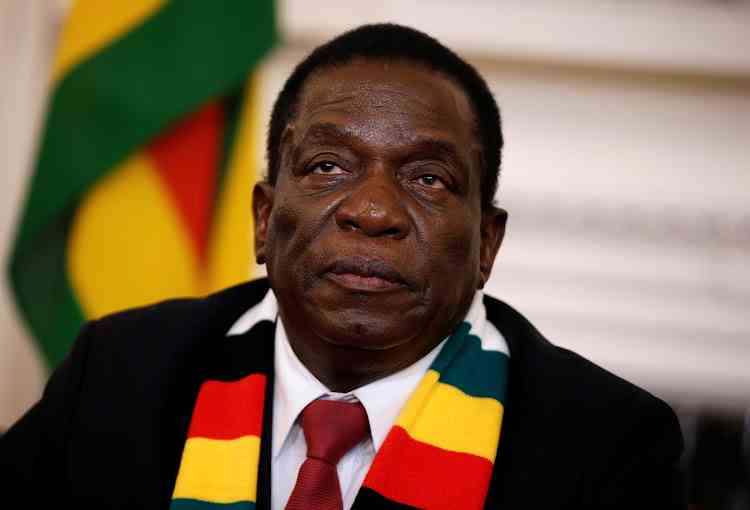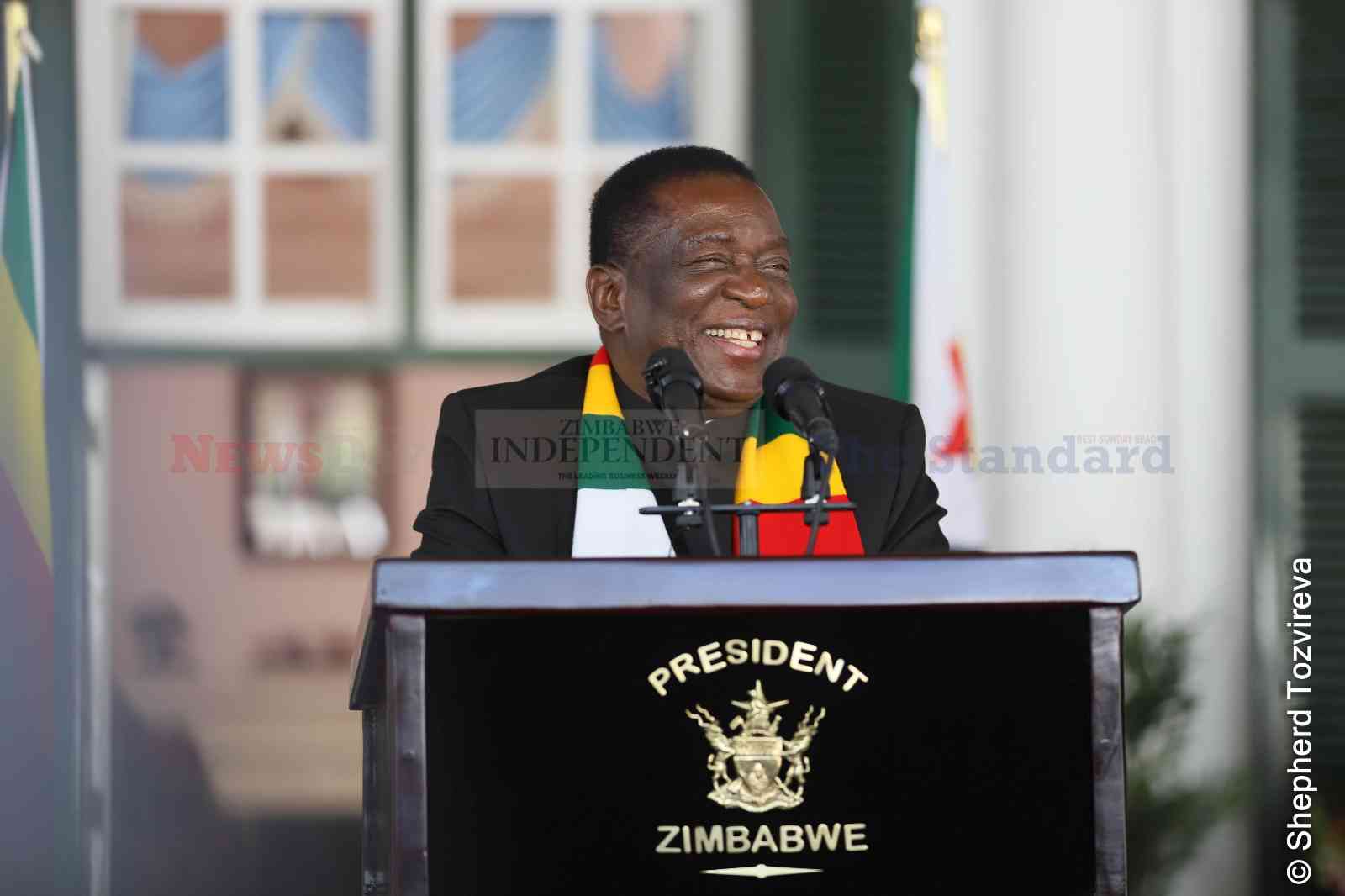
Editorial Comment
WHEN decorated swimmer Kirsty Coventry was appointed Youth, Sport, Arts and Recreation minister by President Emmerson Mnangagwa last year, there was a lot of anticipation, particularly from the long-neglected arts and culture sector. Expectations were high that government was going to pay attention to the sector and create an enabling environment to make the sector operate along business lines and become profitable.
Top on the agenda was the need to fight the cancer of piracy, which has significantly affected the book, music and sculpture sub-sectors. Although there has always been laws and policies dealing with this particular problem, implementation has proved to be a major challenge as culprits are rarely apprehended and handed punitive sentences to discourage the practice.
In September last year, Coventry’s deputy, Yeukai Simbanegavi, said the ministry was moving towards bridging gaps identified during their consultative meetings with artistes earlier in March, with the intention of upping the creative and cultural industry’s 6,9% contribution to the country’s Gross Domestic Product (GDP).
It’s been a year now, but artistes are still haunted by the same ghosts and the loopholes from the past that are still to be plugged. Investment in the arts has been too little to be of major impact. The government could consider tax-cuts for corporates that fund the arts and culture as a way of breathing life into the industry.
If artistes fail to maximise on their works and there’s not enough support from government, then the hopes that they can contribute more to the GDP will remain a pipe dream.
While the national culture policy has been hailed as it recognises the fact that there are 15 ministries and departments that are mandated with some component or have oversight of some programmes or initiatives in the arts, culture and heritage, the critical question is: A=re there co-ordinated efforts to get maximum benefit for both the government and the artist?
While the draft policy also lists 23 laws on culture, arts and heritage that enable the establishment of institutions which provide regulatory frameworks for preservation, promotion and safeguarding of the arts, heritage and culture sector, what is sad is that this doesn’t seem to have translated into real benefits for stakeholders in the industry.
- Chamisa under fire over US$120K donation
- Mavhunga puts DeMbare into Chibuku quarterfinals
- Pension funds bet on Cabora Bassa oilfields
- Councils defy govt fire tender directive
Keep Reading
Artistes are still dying as paupers, with nothing to their names despite their contributions to the national heritage. The responsible ministry needs to do follow-ups and ensure that what has been agreed at stakeholder meetings and workshops is implemented; otherwise these will end up as mere talk-shops, with no real value.











